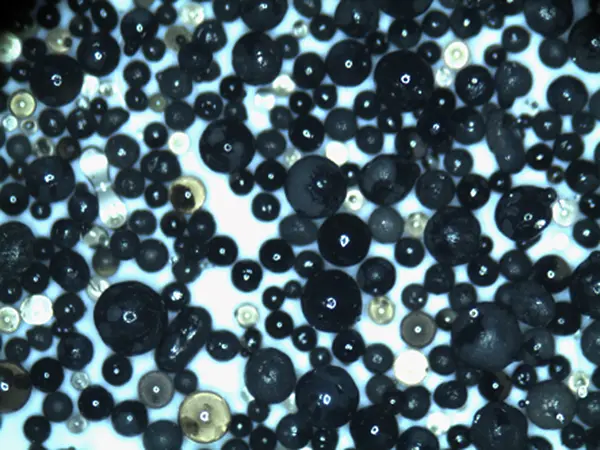3D Printed Sanding Blocks Revolutionizing the Finishing Process
In the world of workshops and DIY projects, achieving a smooth finish on wood, metal, or plastic surfaces is often a laborious task. Traditional sanding techniques, while effective, can be time-consuming and physically demanding. However, the advent of 3D printing technology has introduced a novel approach to this age-old problem 3D printed sanding blocks. In this article, we will explore the benefits of using 3D printed sanding blocks, how they can be customized, and their impact on both hobbyists and professional tradespeople.
The Benefits of 3D Printed Sanding Blocks
One of the most significant advantages of 3D printed sanding blocks is the ability to create custom designs tailored to specific projects. Traditional sanding blocks often come in limited shapes and sizes, which can restrict their usability for certain applications. With 3D printing, users can design sanding blocks that fit their exact needs. Whether it’s a block shaped for tight corners, a rounded profile for curved surfaces, or even a larger block for expansive areas, customization is limited only by one’s imagination.
Additionally, 3D printed sanding blocks can be designed with ergonomic features that enhance comfort during use. Traditional blocks may not account for the human hand's contours, leading to discomfort during prolonged sanding sessions. By utilizing advanced design software, creators can craft blocks that fit seamlessly into the user's grip, reducing fatigue and increasing efficiency.
Material Choices and Durability
Another fascinating aspect of 3D printed sanding blocks is the variety of materials that can be employed. Depending on the 3D printing methods available, users can choose from a range of filaments such as PLA, ABS, PETG, and even more specialized materials like nylon or TPU. Each material has its properties, influencing the block’s flexibility, durability, and weight.
sanding block 3d print

For instance, PLA is easy to print and biodegradable, making it an eco-friendly choice for those who are environmentally conscious. ABS, on the other hand, is more robust and heat-resistant, making it suitable for heavier sanding tasks. TPU, a flexible material, allows for the creation of softer blocks that can conform to the surface being sanded, providing a more uniform finish on irregular shapes.
Ease of Reproduction and Cost-Effectiveness
Once a design for a 3D printed sanding block is finalized, reproducing it is as simple as hitting print. This ease of replication makes it possible to create multiple blocks for different types of sanding tasks, ensuring optimal performance across a variety of materials and finishes. Moreover, the cost-effectiveness of 3D printing comes into play, as once the initial investment in the printer and materials is made, producing sanding blocks becomes incredibly affordable when compared to purchasing individual blocks from manufacturers.
Sustainability and Waste Reduction
In an age where sustainability is becoming a crucial focus, 3D printing offers an innovative solution for waste reduction. Traditional manufacturing processes often result in excess material and inefficiencies. In contrast, 3D printing allows users to print exactly what they need, minimizing waste. Furthermore, failed prints and leftover filament can sometimes be recycled and reprinted into new objects, contributing to a more sustainable workflow.
Conclusion
3D printed sanding blocks represent a significant innovation in the realm of finishing tools. They not only provide a highly customizable solution tailored to specific needs but also emphasize comfort, sustainability, and cost-effectiveness. Whether for a DIY enthusiast looking to embark on their next project or a professional tradesperson seeking efficiency, the benefits of 3D printed sanding blocks cannot be overstated. As 3D printing technology continues to evolve, we can expect even more advancements in tool design, leading to improved outcomes across various industries. Embracing this technology could very well lead to a new standard in woodworking, metalworking, and beyond, transforming the way we think about sanding and finishing.
Post time:اکتبر . 12, 2024 06:46
Next:Exploring the Benefits and Techniques of Sand Casting in Metal Fabrication
